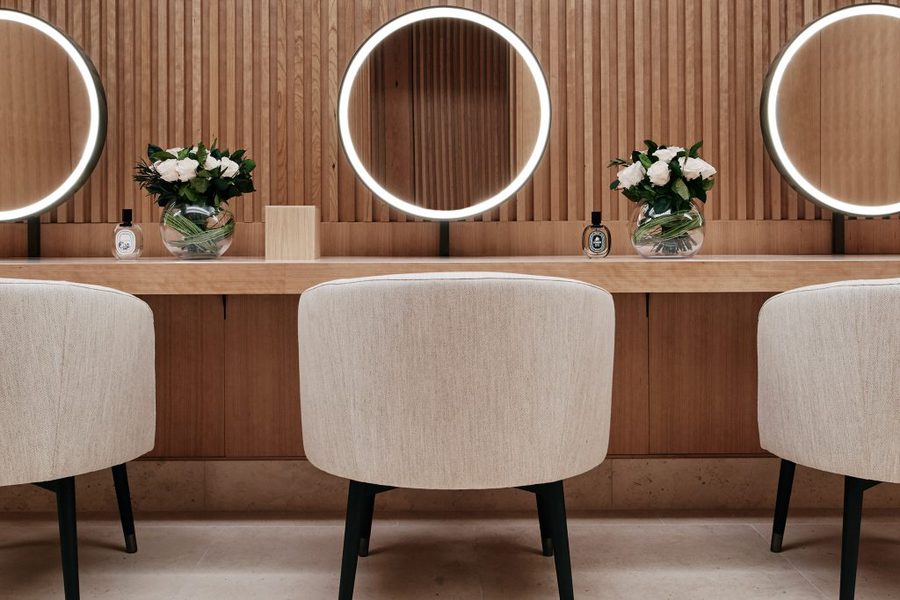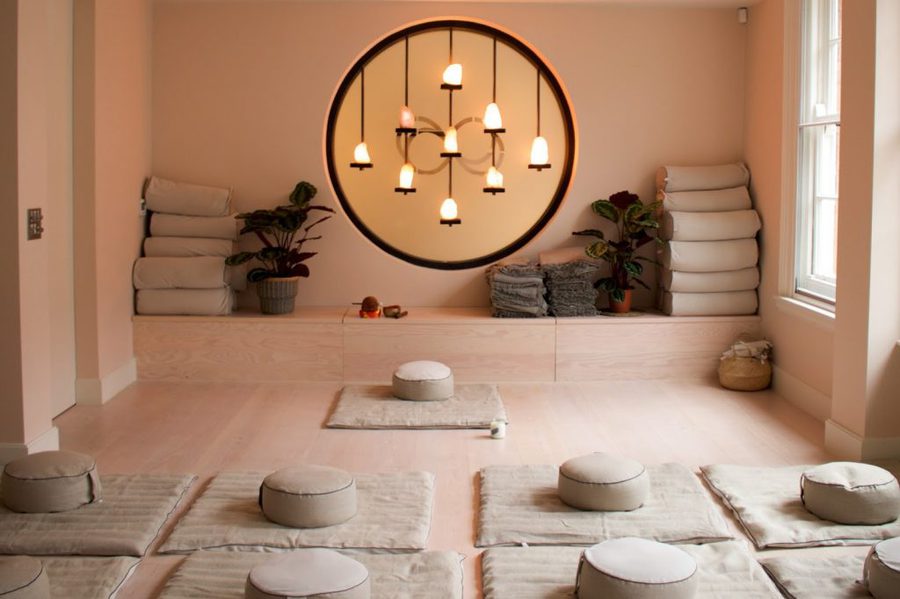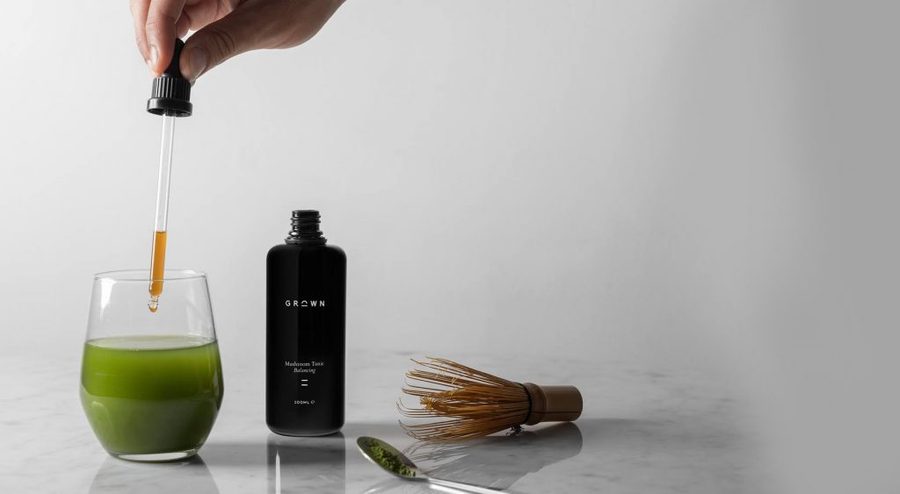Wellness is the nexus of health, food and beauty
Creative Strategist, Ash Pickford, discusses how wellness has become the nexus of health, food and beauty and why it's set to stay.


Creative Strategist, Ash Pickford, discusses how wellness has become the nexus of health, food and beauty and why it's set to stay.


The Global Wellness Institute (GWI) has estimated the worldwide wellness market is worth more than $3.4 trillion, of which beauty and anti-ageing offerings account for $1.026 trillion. So it’s no wonder that, increasingly, beauty companies are pursuing a convergence of their traditional businesses with wellness. As Jessica Smith, Creative Researcher, LS:N Global stated, “The pursuit of beauty is grounded in wellness – balancing science-backed, efficiency-driven solutions with more spiritual pathways.”
Interestingly, consumers agree. They have started to see that beauty and wellness are interwoven – feeling good is the new looking good. This ideology can translate into product, but also spaces. Spending time in a retail environment that makes you feel good, not just look good, is now valuable.
It’s an interesting idea to consider, how can we design environments that make people feel better? How can we enhance their emotional reaction to a brand’s physical space to make them feel positive or happier?
Harrods’ ‘The Wellness Clinic‘ is one example of this, using the design language as a tool to enhance the emotional response of its visitors. The minimal language and the refined and linear nature of the detailing creates a strong juxtaposition to the outer world, bringing a sense of clarity and order; encouraging a sense of calm and relaxation as soon as people walk through the door.

Further examples of this can be seen across retail, such as Re:Mind in London’s Belgravia. Re:Mind has created a meditation studio and concept retail store. It is a calm space that people simply want to spend time in. Re:Mind’s retail offer has a curated selection of products for home, self-care and meditation practice, with brands such as Wild Sage, Fat and The Moon and Honest Skincare also being sold alongside.

Similarly the new Browns East store in Shoreditch London is designed with a soothing meditation room that plays easy-to-follow mediations, guiding customers to a feeling of calm after a hectic day out in a bustling city.
Traditionally, selling skincare alongside meditation may have seemed surprising, or at least an unusual pairing. However, with the audiences’ attitudes shifting, skincare is being repositioned under the wellness umbrella due to its visual links to physical health, a ‘glowing and healthy complexion’ as well as mental wellbeing, such as positive self-esteem and confidence; and the industry is taking note.
Conversely, the beauty market, which traditionally has been static and focused on offering topical cosmetics, has started to focus on ‘beauty from the inside out’. As Beth McGroarty, Research Director of the Global Wellness Institute points out, this new approach is ‘a very different philosophy that makes the ‘old’ beauty look more like hope in a jar, or mere cover-it-up repair.’
This convergence, under the wellness banner, has directly led to new product formats and categories coming to the market, such as nutricosmetics and edible beauty products. “It’s not just about exfoliating, moisturising and toning – what we eat and how we live are just as important to achieving a beautiful complexion.” Explains Rebecca Smith, Behavioural Analyst at Canvas8.
Nutricosmetics are ingestible products that have physical benefits for the user. The global nutricosmetics market is predicted to reach $7.4bn by 2020, according to the Global Industry Analysts Inc. Consumers are clearly buying into supplements that claim to offer beauty from within. For the cynical they could be seen as regular supplements remarketed and repackaged to appeal to a generation of naïve and style-savvy consumers, however, it’s the combination of complementary ingestible and topical cosmetics that looks set to revolutionise the skincare market.

Early adopters are already exploring this opportunity, such as Grown. Grown’s product is a formula to ‘upgrade your existing habits’ by putting into your tea, coffee, juice and smoothies, or directly under your tongue – wellness in a drop. Similarly, Vitness offers a range of sparkling beauty vitamin drinks that contain anti-aging resveratrol, retinol, and 3.3g of collagen. ‘With a minimalist design and sophisticated flavour combinations (rhubarb & rose, elderflower & chili)’, founder Kate Bour sees Vitness as a premium product, albeit an accessible one.

In summary, as beauty transcends into wellness through new formats, sophisticated design language, and new product innovations, beauty and wellness brands must start to think about how to adopt the polar and expand their offer, whilst still creating retail environments that reflect these values.
+ Wellness is booming and set to carry on growing.
+ Consumers’ attitudes and values have shifted; feeling good is the new looking good.
+ Environments are being designed to reflect these values and make people feel good for just having been in them.
+ In parallel, beauty is converging under the wellness umbrella, which has led to new formats, innovations, approaches, and environments.
+ Savvy brands will include these offers into their wellness hubs and retail concepts.